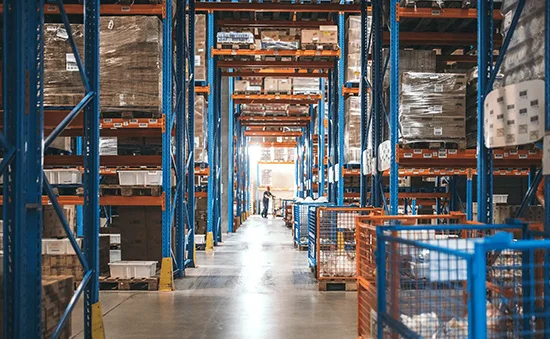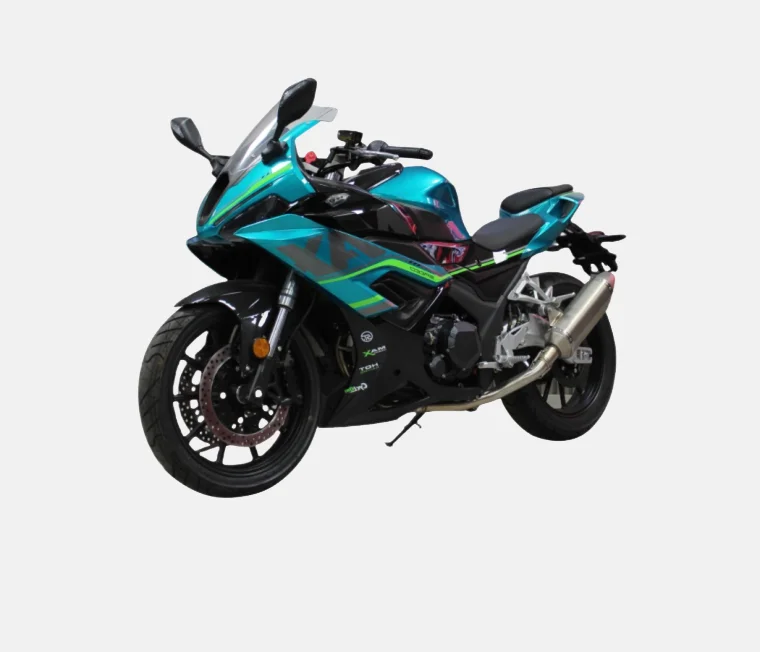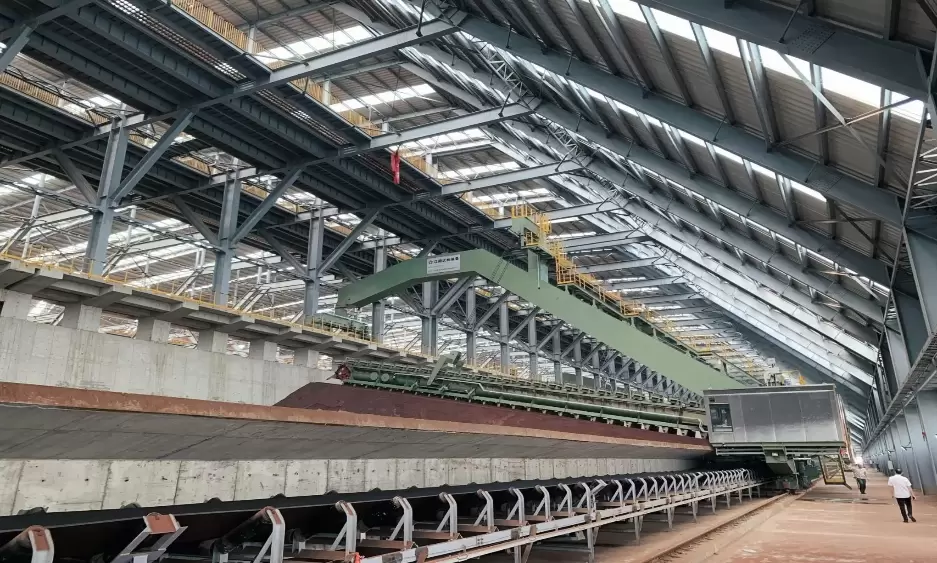Navigating the Pros and Cons of Public Transportation: A Comprehensive Analysis
Public transportation plays a crucial role in modern society, offering an alternative to private vehicles and addressing the challenges of urban congestion, pollution, and accessibility. However, like any other mode of transportation, it has its own set of advantages and disadvantages. In this blog post, we will delve into the multifaceted aspects of using public transportation, exploring its benefits and drawbacks from various perspectives.
- Advantages of Public Transportation:
1.1. Cost-effectiveness: Public transportation is often more affordable than owning and maintaining a private vehicle. It eliminates expenses related to fuel, parking, insurance, and vehicle maintenance, making it an economical choice for daily commuting.
1.2. Reduced traffic congestion: By encouraging a larger number of people to share a single vehicle, public transportation helps alleviate traffic congestion, leading to smoother traffic flow and reduced travel times for all road users.
1.3. Environmental sustainability: Public transportation significantly reduces carbon emissions and air pollution compared to private vehicles. It plays a vital role in combating climate change and improving air quality, making cities more livable and sustainable.
1.4. Accessibility and inclusivity: Public transportation provides mobility options for individuals who cannot afford or are unable to drive, such as the elderly, disabled, or those without access to private vehicles. It promotes social equity and ensures equal opportunities for all members of society. - Disadvantages of Public Transportation:
2.1. Limited flexibility and convenience: Public transportation operates on fixed schedules and routes, limiting flexibility compared to private vehicles. Passengers must adhere to predetermined timetables and may need to make multiple transfers, which can be time-consuming and inconvenient.
2.2. Crowding and discomfort: During peak hours, public transportation can become overcrowded, leading to discomfort and reduced personal space. Standing for long periods or being subjected to noisy and crowded conditions may negatively impact the overall travel experience.
2.3. Potential safety concerns: While public transportation is generally safe, incidents such as accidents, theft, or harassment can occur. Passengers must remain vigilant and take necessary precautions to ensure their personal safety and security.
2.4. Limited coverage and accessibility: Public transportation networks may not reach all areas, particularly in rural or remote regions. This lack of coverage can limit accessibility and mobility options for individuals residing in these areas, making private vehicles a necessity.
Conclusion:
Public transportation offers numerous advantages, including cost-effectiveness, reduced traffic congestion, environmental sustainability, and improved accessibility. However, it also presents certain disadvantages, such as limited flexibility, crowding, safety concerns, and limited coverage. Understanding these pros and cons allows individuals to make informed decisions regarding their transportation choices, considering factors such as location, lifestyle, and personal preferences. By continually improving public transportation systems and addressing the associated challenges, we can create more efficient, inclusive, and sustainable urban environments for all.





